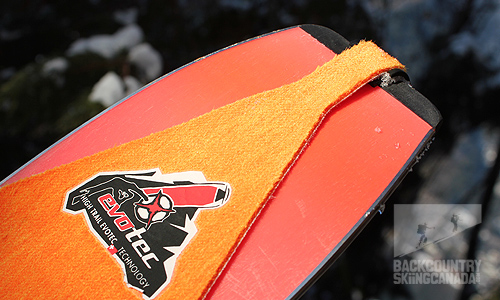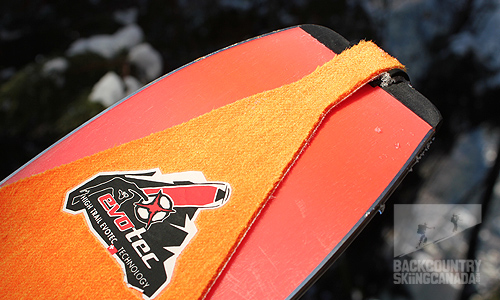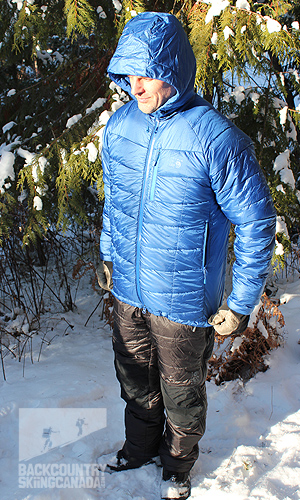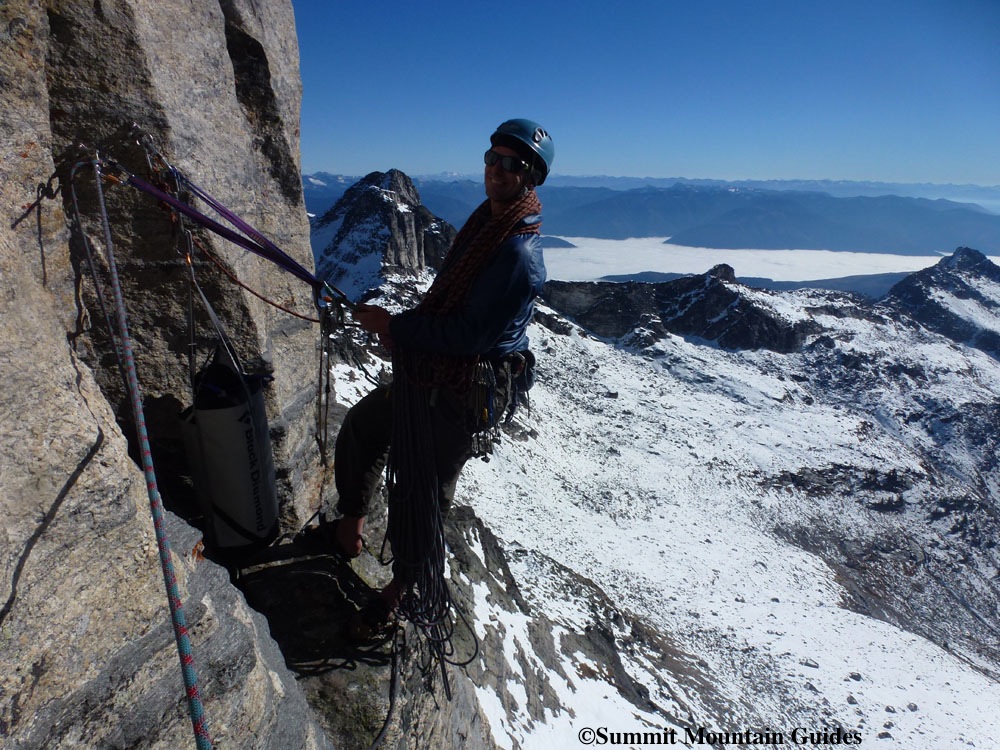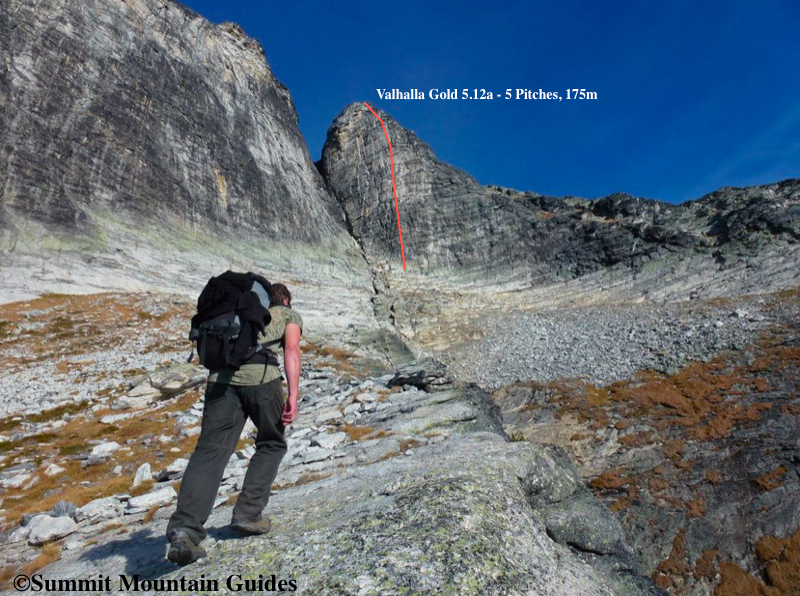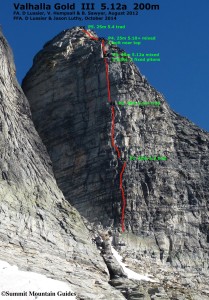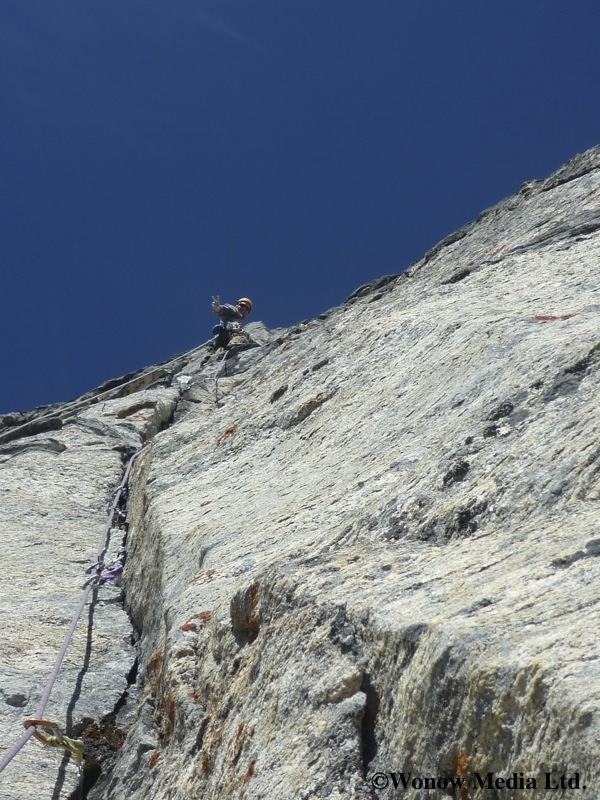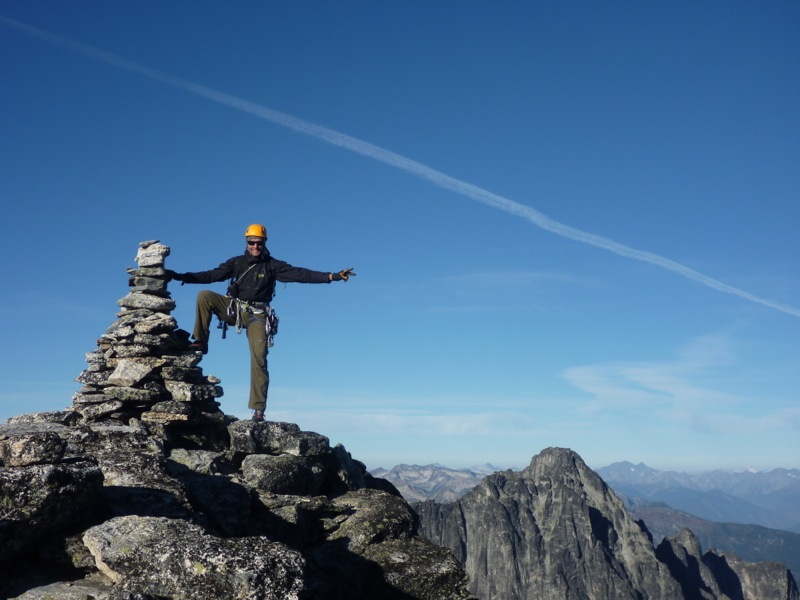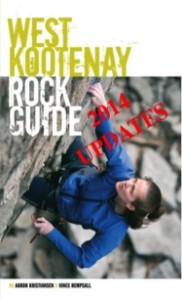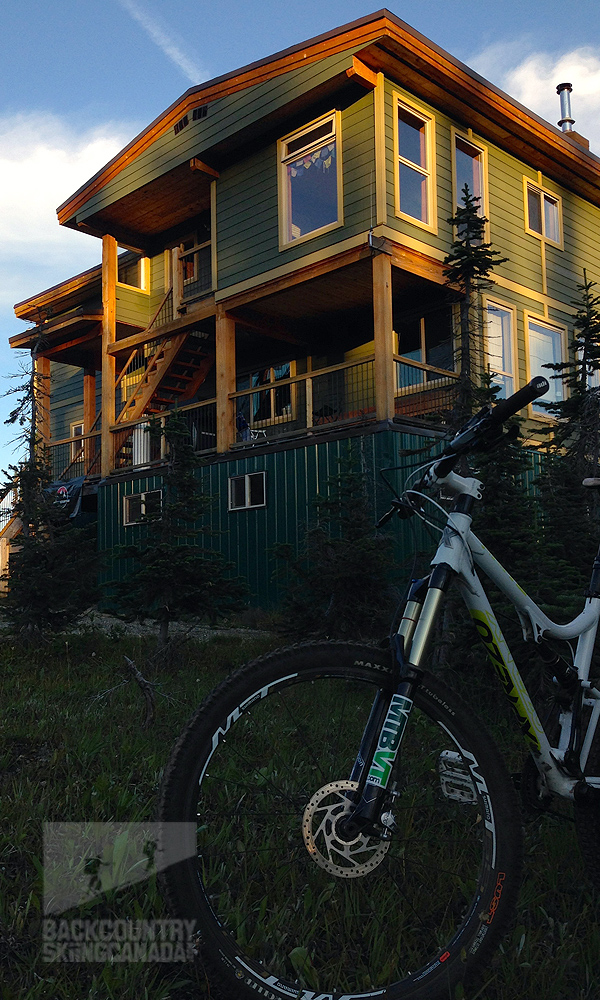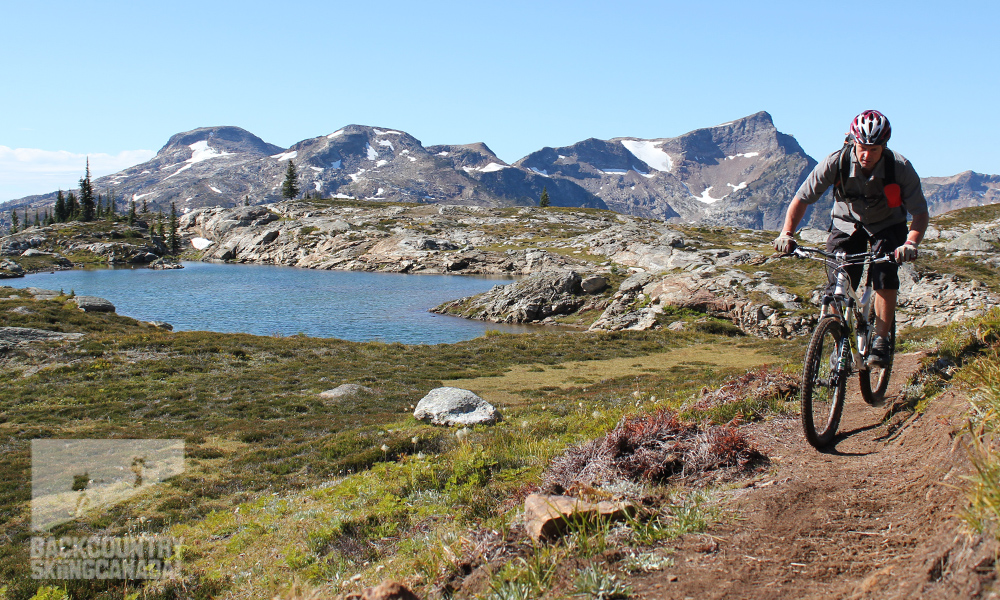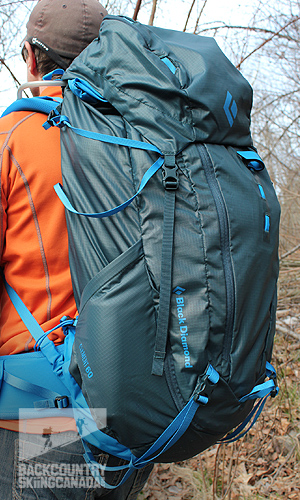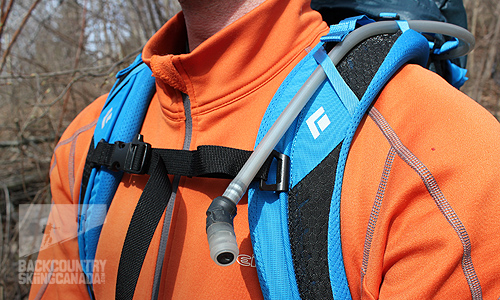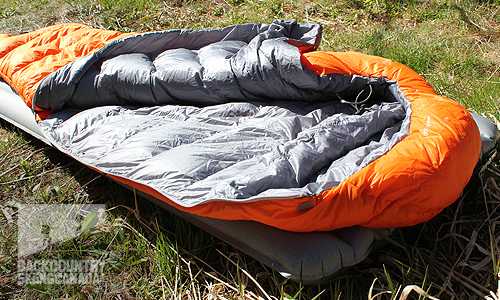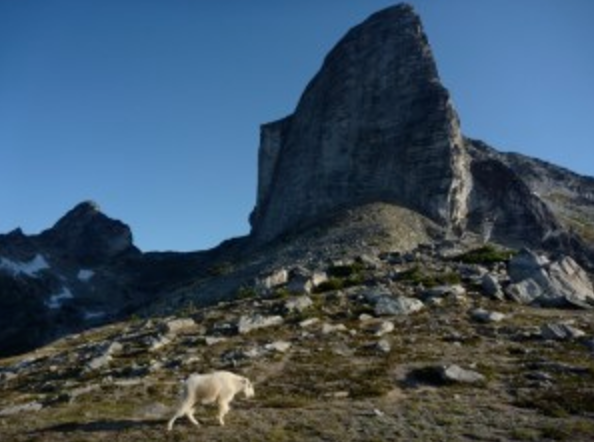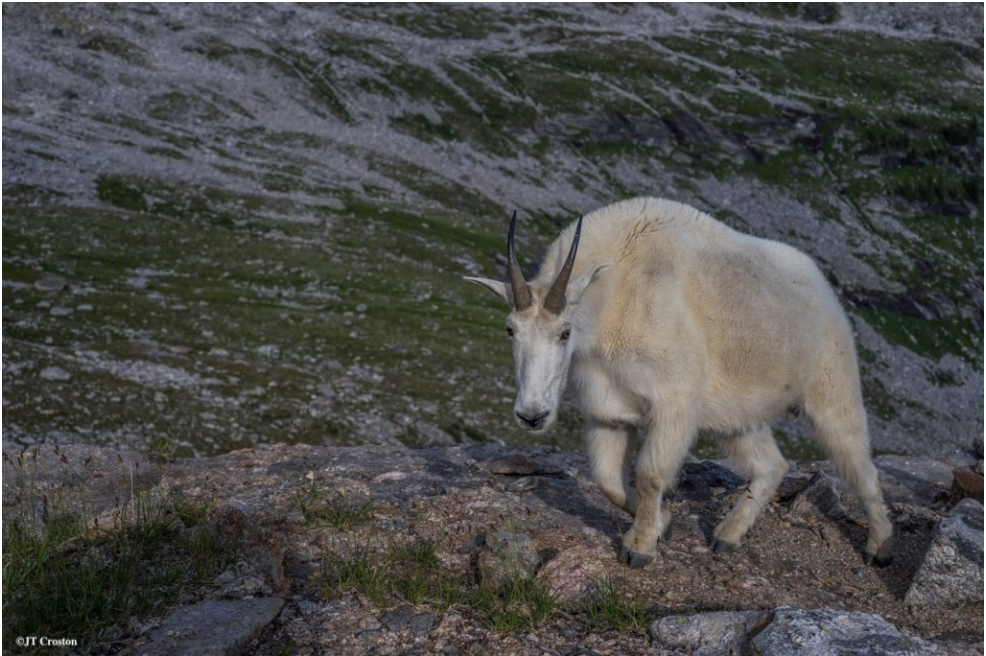
We’ve all seen them up at the camping area near Gimli Peak: cute, white, and way better rock climbers then we’ll ever be. But the mountain goats in Valhalla Park are being threatened by our contact with them and, in turn, our access could be in jeopardy. Luckily, there are a few easy things we can do as visitors that will ensure their longevity and our continued access to one of the best alpine climbing areas in the Kootenays.
We may have good intentions but the fact is the habituation of goats is bad for goats and bad for park users too. Firstly, there’s always the threat of a goat not taking kindly to your presence and running you through, like what happened with the unfortunate goring of a hiker in Olympic Park.
That is an extreme example of what could go wrong during an interaction with a mountain goat. Typically, what we find is they’ll hang out near wherever we are and wait for us to go pee or brush our teeth and spit so they can saunter over and lick up our mineral leavings. And while a bit of sodium is good for a goat’s diet, this behaviour is unhealthy in the long run because it’s unnatural for them to linger in one location for too long and it makes them easy pickings for hunters, as evidenced when one was shot near the Beach camping area a few years ago in front of a group of hikers.
As climbers all we have to do to curb this habituation is the following:
- make sure we urinate in the porta-potty located near the camping area
- brush our teeth and spit into the porta-potty
- do not approach the goats
- store all food and sweaty articles of clothing in the food cache or on the cable cache
- and of course, do not feed the goats
Hopefully, by following these easy guidelines, we can lessen the interaction between mountain goats and humans near Gimli. If not, more drastic changes may have to be made to halt goat habituation in Valhalla Park and that could look like lessened access – something we all definitely want to avoid.
Currently, BC Parks is collecting information from park users to understand what the human-goat interactions are at and will use this to build a management strategy that is best for the wildlife. If you have an encounter with a mountain goat, please contact BC Parks Area Supervisor Chris Price directly at 250-354-6026 or via email at Chris.Price@gov.bc.ca.
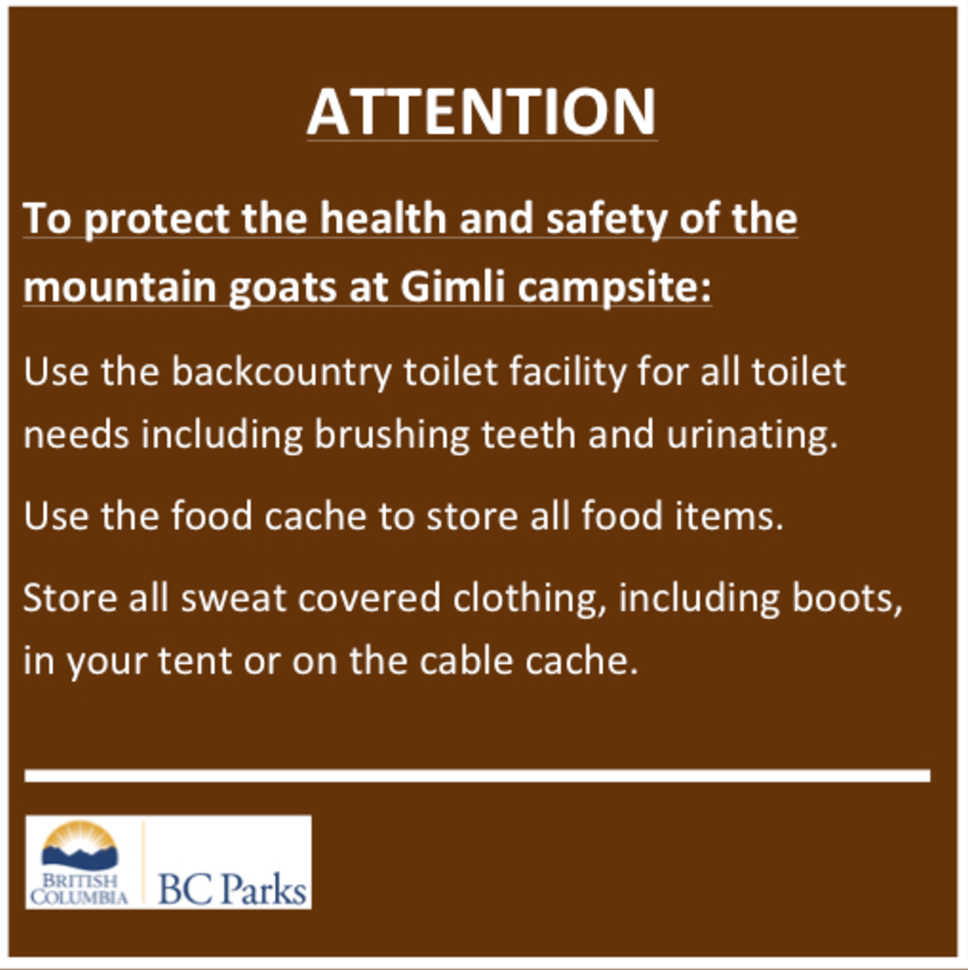
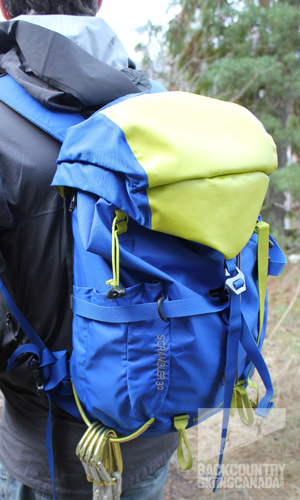 Recently I was asked to review the Mountain Hardware Scrambler 30 Backpack with the new proprietary “Outdry” technology. According the company this new laminate is added to the inside of the pack and forms a “waterproof” membrane – perfect for alpine climbing situations that may get a bit damp. What I learned, though, is that it’s definitely not perfect for total submersion. Here’s a quote from the article:
Recently I was asked to review the Mountain Hardware Scrambler 30 Backpack with the new proprietary “Outdry” technology. According the company this new laminate is added to the inside of the pack and forms a “waterproof” membrane – perfect for alpine climbing situations that may get a bit damp. What I learned, though, is that it’s definitely not perfect for total submersion. Here’s a quote from the article:
